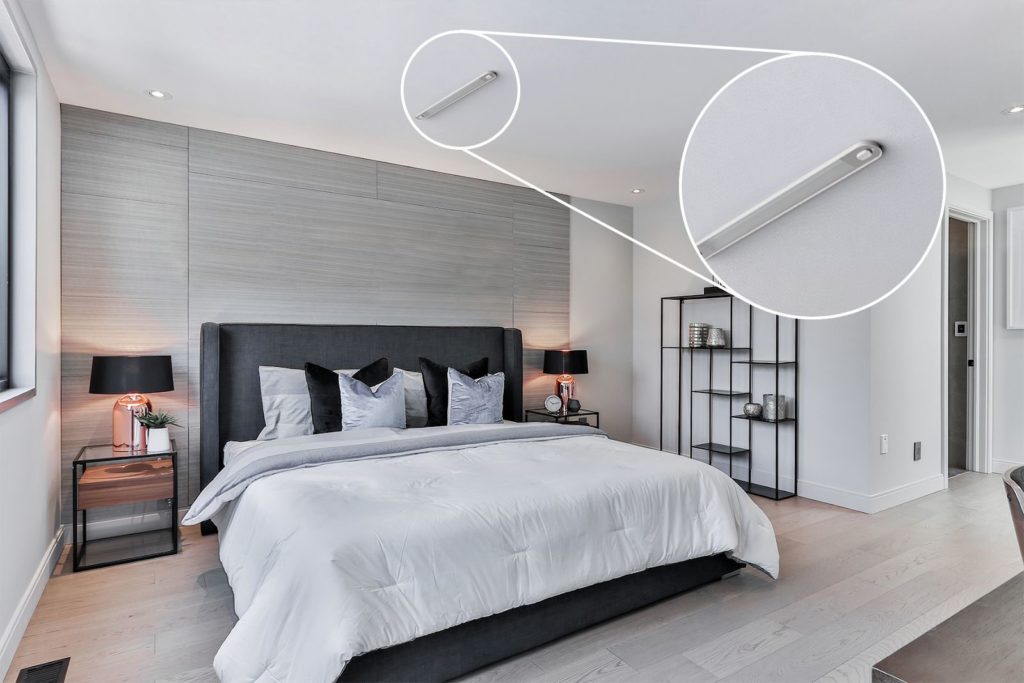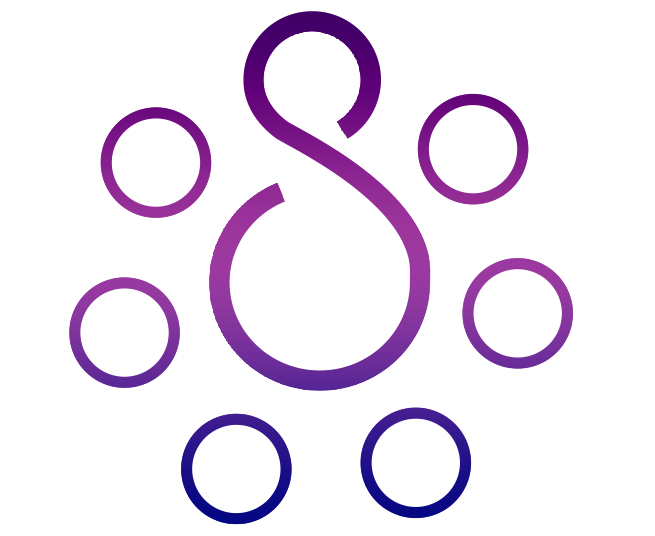When they first see the futuristic blue color of an ultraviolet-c (UV-C) light, some people may believe ultraviolet germicidal irradiation (UVGI) is a new innovation. Despite this, UV-C has been known for well over a century and has gone through many stages of development. Here’s a quick rundown of some significant moments in the century-long history of UV-C uses. But UV technology is not new. Let’s start from the beginning to learn more about evaluation of an Ultraviolet Germicidal Irradiation (UVGI).
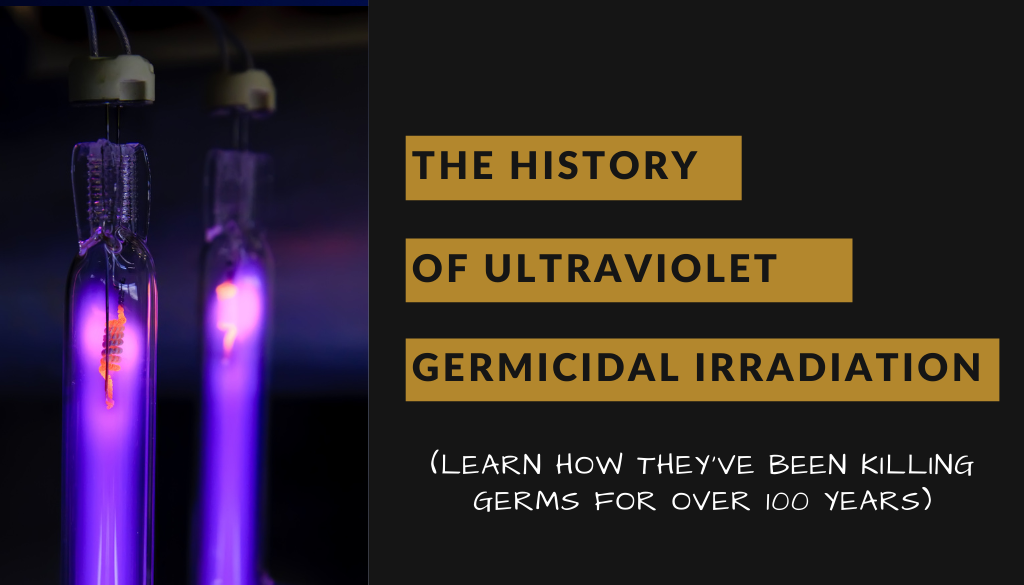
Discovery and Inception
UV light is as ancient as the cosmos, much like electricity. It was just a matter of someone seeing that anything was wrong. The first publication regarding UV light and microbiological organisms was published in the 1870s. It all began with sunshine. Arthur Downes and Thomas P. Blunt’s On the Influence of Light on Protoplasms. They observed that sunshine inhibited bacterial development. Bacteria, unlike plants, do not need sunshine to develop. This was the first time sunlight inhibited bacterial development. Niels Finsen was the first to use UV artificially. Finsen invented an electric carbon arc lamp that worked in the blue “chemical” light spectrum.
He would combine many of these devices to treat lupus vulgaris, a skin disease. Arthur Downes, a British physiologist, and Thomas P. Blunt, a physicist, observed in 1877. They discovered that exposing solution-filled test tubes to sunlight can kill harmful bacteria and slow their growth. After 25 years of research, German ophthalmologist Ernst Hertel discovered that UV-C light, not UV-A or UV-B, is the most efficient in killing bacteria. Around the same time, the Nobel Prize in Physiology was awarded to Danish Professor Niels Finsen for his work on using intense light and evaluation of anultraviolet to cure lupus vulgaris bacteria on human skin. To combat disorders like lupus, UV light was given the 1903 Nobel Prize in medicine.
In particular, William F. Wells, a sanitary engineer at Harvard University, made considerable progress in the understanding and use of UV-C radiation for disinfection in the 1930s and 1940s by demonstrating its efficiency in destroying airborne germs. Wells was the first to discover that germs and viruses could be spread through inhalation. In order to stem the spread of measles, he used his expertise to install upper-room UV lamps in suburban Philadelphia day schools and compare infection rates to schools that did not have UV-C. Infection rates were 53.6 percent in schools that did not have UV-C lamps and 13.3 percent in schools that did.
Dr. Deryl Hart experimented with using UV-C to sterilize an operating room at Duke University Hospital about the same time, in 1936. He discovered a 11.38 percent decrease in postoperative infection rates. UV-C was used in schools and hospitals throughout the nation over the following several decades, demonstrating its capacity to kill germs and bacteria. The evaluation of an ultraviolet C radiation and its usage to eradicate bacteria like COVID-19 has garnered news during the last year. UV-C light contributes much to a safer atmosphere. Robots and other UV-C machines sanitize NYC subways, Fenway Park, and long-term care institutions.
Related Article: Does your child drink water from a private well?
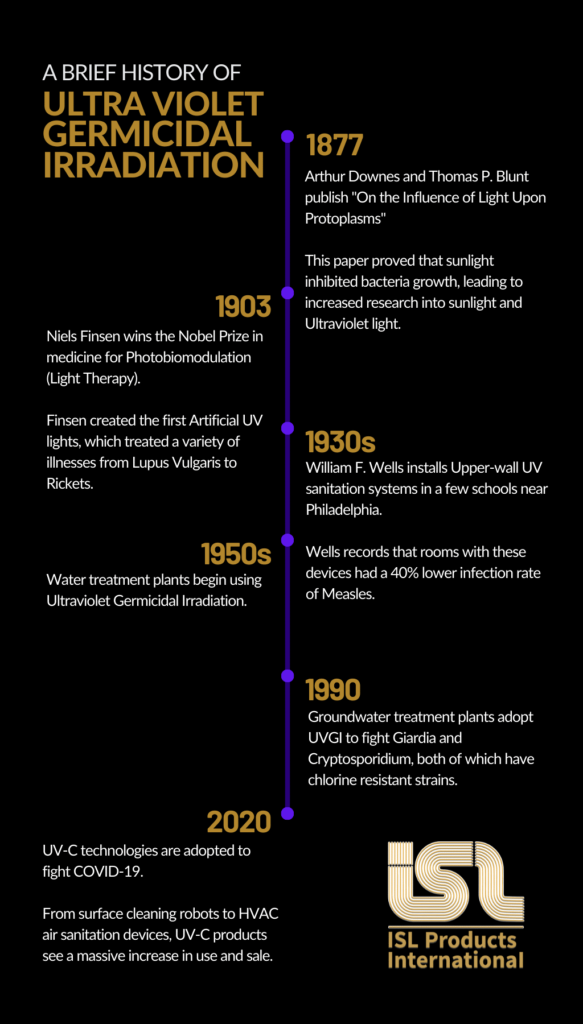
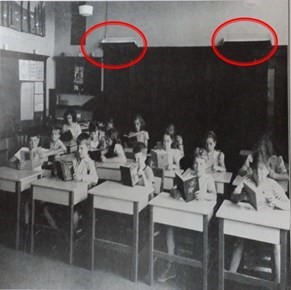
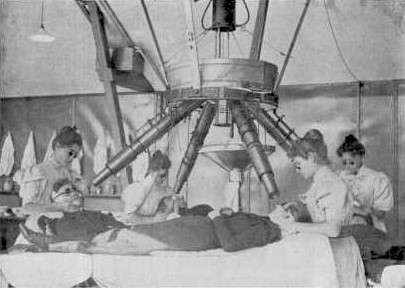
Continued improvement
The scientific community’s knowledge, evaluation of an ultraviolet C and its influence on microbes grew during the following several decades. In a number of experiments, UV-C has been proven to successfully inactivate E. coli and TB. Around this time, the first UV-C applications in HVAC/R systems arose, while proponents of the technique failed to duplicate Wells’ achievement in limiting the transmission of measles via the air.
This delay dampened excitement for UVGI, which diminished further in the late 1950s as Americans adopted a new infection-control panacea: antibiotics. Until the 1970s and 1980s, when it was discovered that bacteria were evolving resistance, society’s increasing reliance on antibiotics and other sophisticated cleaning agents hampered the development of UV-C technology.
With the advent of drug-resistant “superbugs” and hospital-acquired diseases, UV-C, which can destroy practically any microbe, has reawakened interest. The stage had been set for UV’s comeback. C’s Forrest Fencl, a co-founder of UV Resources, was one of the driving forces behind the comeback of UVGI in HVAC/R equipment in 1995. Fencl’s work on coil irradiation, in particular, resulted in improved UV-C efficacy in the harsh cold and fast-moving air streams of HVAC/R systems.
related article: What Is a Toothbrush Sanitizer?
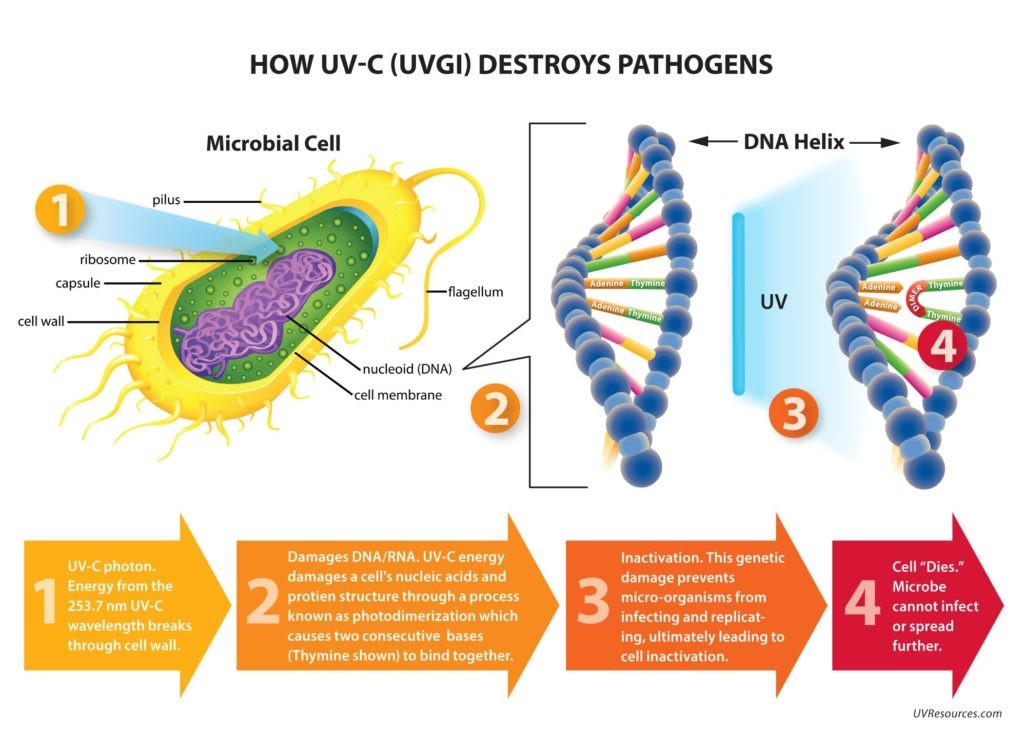
Healthy Occupants
HVAC systems may help or hinder disease transmission and infection control. According to ASHRAE, HVAC equipment may speed up or slow the spread of contagious airborne illnesses, including TB, influenza, and the common cold. According to the 2014 ASHRAE Position Document on Airborne Infectious Diseases, a “well-designed, installed, commissioned, and maintained HVAC system” is the cornerstone of any infection control approach. In other words, a building’s HVAC system is critical to limiting disease transmission.
- The ASHRAE Position Document lists four ways an HVAC system may improve indoor air quality and indirectly improve occupant health. Providing clean air to sick inhabitants
- Containing/exhausting polluted air
- Filtering or dilution of indoor air
- Air purification
The aforementioned conditions may be achieved by many means, from ventilation to pressurization. UV-C technology is perhaps the most effective way to clean indoor air via an HVAC system. And, at $0.15/CFM, UV Germicidal Irradiation may be the most cost-effective way to improve indoor air quality and reduce disease transmission.
UV/HVAC Lighting
In the evaluation of an ultraviolet C light, it was demonstrated that it can reduces or inhibits organic material accumulation on cooling coils, drain pans, and interior duct surfaces. This enhances airflow, returns, and heat transfer levels of cooling coils while reducing maintenance. Two ASHRAE Position Documents discuss the advantages of UV-potency C’s in killing microorganisms. This is based on light intensity, exposure time, UV lamp positioning, and lamp life cycle.
Moreover, UV-C kills germs when air passes through an air handling device (AHU). The capacity of UV-C to cleanse indoor air is particularly useful in places where infectious illnesses are more prevalent, such as businesses, schools, hospitals, and municipal buildings. In these circumstances, a poorly maintained HVAC system may spread illness by recirculating germs throughout the facility. Contrarily, adding UV lights may reduce disease transmission and/or cross contamination. Installed in an air handler, UV-C may improve indoor air quality while also increasing HVAC system efficiency and lowering energy costs. Visit http://www.uvresources.com/for more information on UV-C in HVAC systems and other uses.
related article: How UV-C LED Light Can Help your Rental Customers
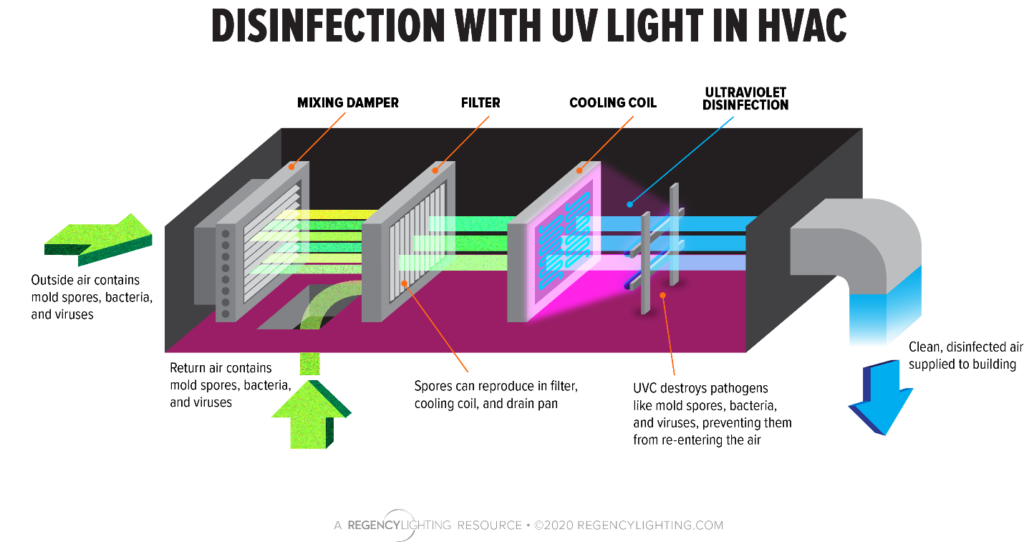
Healthcare
Upper-air (upper-room), coil irradiation, and airstream disinfection are the three main methods used today to combat pathogenic pathogens. Above patient beds, waiting rooms, hallways, and break areas in institutions ranging from schools to hospitals to international airports, upper air/room systems are installed. Air-handling equipment and duct runs have coil-irradiation and airstream-disinfection systems. UV-C is now widely recognised and appreciated for improving indoor air quality and HVAC system efficiency. ASHRAE has praised its advantages. Expect UV-future C’s to be as exciting as their history.
According to the CDC, almost 75% of all surgeries in the US are conducted in outpatient surgical facilities (OSCs). UCC use is likely to climb as the population ages and insurance coverage rises. According to the Urgent Care Association of America, UCC wait times are typically 30 minutes compared to 4 hours in hospital ERs. Patients benefit from speedier treatment and cheaper expenses with UCCs.
The typical urgent care visit costs $150 versus $1,354 in an emergency room, and co-pays are identical. The resources and infrastructure for infection control are often lacking in UCCs and OSCs. These walk-in clinics are often located in non-health-related areas like strip malls and retail stores. Infection control professionals and building engineers must safeguard patients and personnel in these places. With over 9,000 UCCs and OSCs in the US, maintaining adequate infection control is critical to protecting millions of people’s health.
UCC UV-C
UVGI, which uses light in the UV-C spectrum to destroy practically all microorganisms from the upper air and HVAC cooling coils, is one solid method for lowering pathogens and preserving indoor environmental quality within UCCs and OSCs. It’s not new to employ UV-C lights in healthcare to reduce infections. It has been used for over 70 years with proven and satisfactory effects. According to the CDC’s Healthcare Infection Control Practices Advisory Committee, the evaluation of an ultraviolet is successful in preventing the spread of airborne bacterial and viral diseases in hospitals, military barracks, and schools.
In CDC-funded research at two hospitals in 2013, UV-C decreased the total number of colony-forming units of any pathogen in a room by 91% in a CDC-funded study. A 2003 study in Atmospheric Environment and a 2014 American Journal of Infection Control study mentioned in Infection Control Today found UV-C to be effective in killing microorganisms. The same is true for OSCs and UCCs. In other words, facility managers and building owners may use the same institutional infection control measures.
- Upper Air/Room
The major goal of upper-room UV-C deployment is to stop the spread of infectious illnesses in patient rooms, waiting rooms, and other recognized microbial paths such as lobbies, stairwells, and hallways. They work around the clock to reduce airborne infectious microorganisms and the viability of surface germs that have settled into the room air.
- Air Conditioning Systems
Air handling systems aren’t meant to stop sickness. However, these HVAC systems transfer microbes from one area to another, fostering mold and bacterium growth. UV-C may quickly destroy germs in air conditioning equipment and ducts. As urgent care and outpatient surgical clinics proliferate throughout the country, UV-C can help maintain their infection control standards in line with typical hospital settings. Visit www.uvresources.com for additional details.
related article: Does using the mechanism of UV light on food items kill the coronavirus?
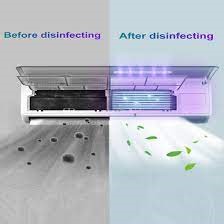
UV Technology produces and distributes a wide variety of ‘best of breed’ UV-C disinfection systems. Please utilize the following links to learn more about our extensive product line and their corresponding areas of application, you can see all products here:
Industries and application areas
The evaluation of an ultraviolet C disinfection of air and surfaces in the healthcare sector
With UV-C air and surface disinfection, you can provide proactive health protection for patients and medical personnel.
provides safe and medically sanitary prevention in the following areas:
- Practices in the medical field
- Hospitals and pharmacies are included in this category.
- Retirement and nursing homes, as well as assisted living facilities,
- Physiotherapy
- Gymnastics and Podiatry
- Ambulance service, ambulance, and emergency ambulance are all terms used to refer to the same thing.
Recommended products include:
- UVG18 is suitable for rooms up to 15 m2.
- UVG80 is suitable for rooms up to 40 m2.
- UVG120 is suitable for rooms up to 80 m2.
- UV-Art is suitable for rooms up to 20 m2.
- Ultraviolet mobility (UV-Mobil 240 and UV-Mobil 240combi)
- LiftNclean is a cleaning solution for elevators and elevator cabs.
- CleanO3mat is ideal for use in moist areas and public restrooms.
The evaluation of an ultraviolet C usage in industry
These are the Dinies Technologie solutions for your production in hygienically sensitive locations, as well as for manufacturing for target markets in this category.
These regions include, for example,
- The pharmaceutical industry
- Packaging and distribution in the food sector:
- Conveyor technology is a term that refers to the transportation of goods by conveyor.
- Automobiles, buses, and other modes of transportation,
- Engineering of plant technology in the field of ventilation
- Shipbuilding, aircraft
Recommended products include:
- UV-Tunnel with 360-degree coverage
- UV-Coverage is 270 degrees.
- UV-Lamps
- The Naiopur Seed Disinfector is a seed disinfector manufactured by Naiopur.
The evaluation of an ultraviolet C application in the service sector
Clean indoor air and all surfaces in your facility using equipment from Dinies Technologies to provide maximum health protection. Customer data, employees, and work supplies are all safeguarded in the personal services industry.
Take, for instance,
- Services in the fields of sports and fitness
- Hairdresser sCosmetics
- Salons that specialize in tattooing
- Dancers’ studios
- Investigations in laboratories (e.g., clean rooms)
- service provider’s administrative offices
Recommended products include:
- UVG18 is suitable for rooms up to 15 m2.
- UVG80 is suitable for rooms up to 40 m2.
- UVG120 is suitable for rooms up to 80 m2.
- UV-Art is suitable for rooms up to 20 m2.
- LiftNclean is a cleaning solution for elevators and elevator carriages.
- CleanO3mat is ideal for use in moist areas and public restrooms.
- UV: chambers
- ZOG is used to eliminate odors.
The evaluation of an ultraviolet C application in the hotel and tourist industries
Our solutions are as adaptable as your industry, and vice versa. Providing genuine additional value to you, your visitors, or your passengers. When it comes to diseases, cleanliness, workplace safety, and prophylaxis, the hotel and holiday business receive a lot of attention. But that’s not all! Our gadgets provide you with effective and complete service when it comes to extending the shelf life of food and combating undesirable smells. UV-C lights in your rooms of various shapes and sizes safely inactivate harmful bacteria in the air and on surfaces, protecting you and your family.
This translates to:
- Food in storage rooms will have a longer shelf life as a result of this.
- There will be no more offensive scents in rooms of all types.
- Employee health and safety is a top priority (less sick leave).
- Protecting the health of your visitors and passengers is essential.
A brief summary of the professional areas in which we may assist you is provided below:
- Accommodations and restaurants of all types are included. Front-of-the-house cooking, storage, and rubbish disposal are all included. Changing rooms are available. WCs and elevators are two things that come to mind.
- Convention and exposition centers
- The transport of goods
- Airplanes, buses, and other modes of passenger transportation are among the options.
- Railroads
Recommended products include:
- UVG18 is suitable for rooms up to 15 m2.
- UVG80 is suitable for rooms up to 40 m2.
- UVG120 is suitable for rooms up to 80 m2.
- UV-Art is suitable for rooms up to 20 m2.
- LiftNclean is a cleaning solution for elevators and elevator carriages.
- CleanO3mat is ideal for use in moist areas and public restrooms.
- Small things may be disinfected using an ultraviolet light chamber.
- ZOG is used to eliminate odors.
- OG stands for air and surface disinfection.
